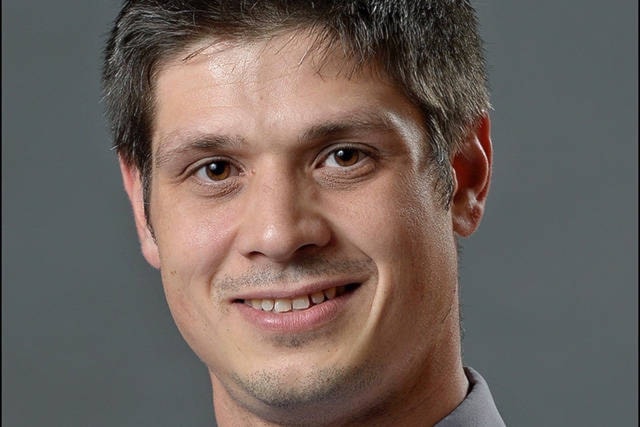By Kyle Carruthers
The Yukon Electoral Boundaries Commission is once again looking at rejigging the territory’s 19 legislative assembly ridings.
The current boundaries were established after the commission last sat back in 2008. Since people tend to move, it is time for another once-a-decade review. Neither the Whistle Bend nor Ingram subdivisions even existed back in 2008, so it seems likely that changes will be in store for Porter Creek Centre and Whitehorse West, including the possibility that those ridings (and others) will be renamed. Not all Yukon ridings have the same number of voters. The commission takes the degree to which a riding deviates from the average into consideration but balances that against other considerations like geography, community interests and minority representation.
In 2008, there were 20,828 electors in the territory. Divide that by the 19 seats in the legislature and you would expect to see about 1,096 voters per riding. However, since the Vuntut Gwitchin riding is such an extreme outlier with just 176 voters, the commission excluded it from the calculations altogether and worked with an average 1,147.
The end result is — as has long been the case — the communities and their surrounding areas are mostly overrepresented in the legislature, while voters in Whitehorse are underrepresented relative to the capital’s population.
At the time of the last redistribution Kluane had just 753 electors (34.4 per cent below the average), Mayo Tatchun had 797 (30.5 per cent below) and Pelly Nisutlin had 714 (37.8 per cent below). At the other end of the spectrum is Whitehorse Centre with 1,368 voters, almost twice as many as Pelly Nisutlin. On average, the 11 Whitehorse ridings had about 1,270 voters. This exceeds the Vuntut-Gwitchin-excluded average by 10.7 per cent and the true mathematical average by about 15.9 per cent.
We have come to accept these deviations both here in the territory and at the national level as normal. It is a sacrifice that I have mixed feelings about. The root of the word “democracy,” after all, is rule of the people, not rule of the most sparsely populated. It is a system that strengthens the power of rural voters and dilutes that of urban voters. But if we look at voters in a more collective sense — not as individual voters but as inhabitants of communities and regions with local interests and values — the decision to sacrifice proportionality to give those areas a larger voice in government seems more reasonable.
At the federal level, we Yukoners are significant beneficiaries of this. Ours is the third least populous riding in the country after Nunavut and Labrador, with about one third the population of the average Canadian riding. Even if the three territories were combined into one riding it would exceed the national average by less than 10 per cent and wouldn’t even crack the top 100 in terms of overall riding population.
Of course, we scoff at the idea that we might share an MP with the other territories. After all, we have little in common with far away Nunavut. We are our own unique territory.
At the federal level, the imbalance is mitigated by the fact that all voices are so dilute to begin with. Brantford-York may have almost five times as many people as Nunavut but when each member of Parliament is but one of 338, who’s counting?
In the Yukon however, with just 19 seats, it can make a big difference. The challenge for the commission this time around is how to deal with the fact that most population growth since 2008 has been concentrated in Whitehorse. In 2006 — the last census before the 2008 redistribution — the population of the Yukon was 30,372 with 20,461, about 67 per cent, living in Whitehorse. Last year, the Yukon population had risen to 35,874 with 25,085, or about 70 per cent, in the capital.
In order to maintain a balance between proportionality and regional representation we will probably need to add another seat or two to the territorial legislature before the next election. I know, I know, I can already hear the groans. “Just what we need,” you might be thinking, “more politicians.” But I don’t think it is nearly as bad an idea as it might sound.
One shortcoming of having such a small legislature is the lack of committee work that takes place to study issues and policy at the legislative level. Such study is an important contribution made by politicians federally and in the provinces.
With so many of the legislature’s members tied up with their cabinet and critic roles there are only a handful of MLAs left for committee work. We’ve filled the void with cabinet-heavy decision-making process and an overabundance of unelected policy analysts. Maybe moving some of that work back to the elected legislature wouldn’t be so bad.
But what of the cost? Well, a backbench MLA in the Yukon legislature brings in $76,775 with a $14,763 expense allowance. That isn’t too far off the cost of a policy analyst. Economic Development is hiring one right now and is offering a salary of between $79,722 and $92,104.
“But there is no guarantee that MLAs will have any sort of expertise on policy,” you might say. True enough, but by no means are professional policy analysts going to become an endangered species in government just because we trade a few of them in for new MLAs.
More democracy. More careful study of the issues. It’s a win-win.
Kyle Carruthers is a born-and-raised Yukoner who lives and practises law in Whitehorse.
